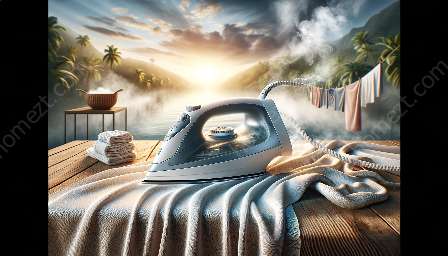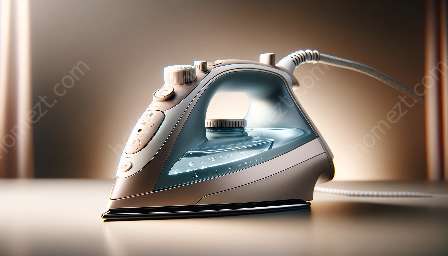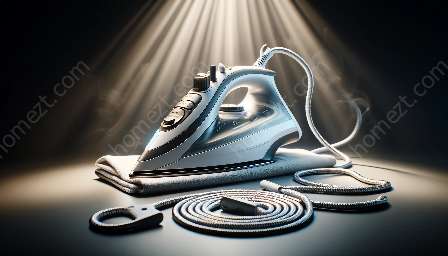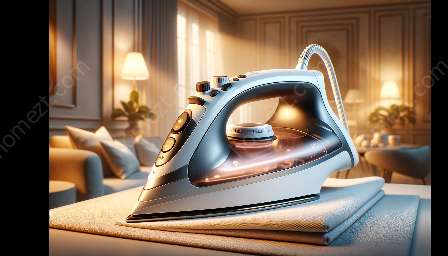Steaming irons are essential home appliances for keeping clothes and household items looking neat and tidy. Over time, mineral deposits can build up in the steam vents and soleplate of an iron, impacting its performance. However, with the right maintenance, you can easily remove these deposits and maintain your steam iron's efficiency. In this comprehensive guide, we'll explore effective methods for tackling mineral deposits and ensuring your steam iron remains in optimal condition.
Understanding Mineral Deposits
Mineral deposits, also known as limescale or scale, can accumulate inside the steam vents and on the soleplate of a steam iron. These deposits are typically caused by minerals in the water supply, especially in areas with hard water. When the iron is heated, the minerals can solidify and form a stubborn, chalky residue that affects the iron's performance.
Importance of Removing Mineral Deposits
Over time, mineral deposits can restrict the flow of steam and cause blockages in the steam vents, leading to reduced ironing efficiency. Additionally, the residue can transfer to fabric, leaving unsightly stains and potentially damaging clothing. It's essential to regularly clean and descale your steam iron to prevent mineral deposits from impacting its effectiveness and lifespan.
Effective Methods for Removing Mineral Deposits
There are several approaches you can take to remove mineral deposits from your steam iron, ranging from using household ingredients to specialized cleaning solutions.
Vinegar and Water Solution
One of the most popular and cost-effective methods for descaling a steam iron involves using a vinegar and water solution. To start, mix equal parts of white vinegar and water in a container. Next, fill the iron's water reservoir with the solution and set it to the steam setting. Allow the iron to heat up and produce steam for a few minutes, then unplug it and wait for it to cool. Finally, empty the reservoir and rinse it out with clean water to remove any remaining vinegar residue.
Citric Acid Solution
Citric acid, which can be found in powdered form or as a natural ingredient in some fruits, is another effective descaling agent. Create a solution by dissolving a few tablespoons of citric acid in water, then follow the same process as with the vinegar and water solution, allowing the iron to produce steam before unplugging and cooling it.
Commercial Descaling Products
If you prefer the convenience of a commercial descaling product, there are numerous options available specifically designed for steam irons. These products often come in the form of sachets or bottles of descaling solution, which can be poured into the water reservoir and used in accordance with the manufacturer's instructions.
Maintaining Your Steam Iron
In addition to descaling, there are other maintenance practices that can help keep your steam iron in top condition.
Use Distilled Water
Using distilled water instead of tap water can significantly reduce the buildup of mineral deposits in your steam iron. Distilled water is free from minerals and impurities, making it an ideal choice to preserve the performance and longevity of your appliance.
Clean the Soleplate
Regularly cleaning the soleplate of your iron is essential for maintaining its smooth glide and preventing stains on clothing. You can use a gentle abrasive, such as a paste of baking soda and water, to scrub away any residue on the soleplate.
Empty the Water Reservoir
After each use, be sure to empty any remaining water from the reservoir to prevent the accumulation of mineral deposits. Allowing water to sit in the reservoir can lead to scale formation and potential damage to the iron.
Conclusion
By following these tips and techniques, you can effectively remove mineral deposits from your steam iron and ensure its ongoing performance. Regular maintenance and descaling are essential for preserving the efficiency and longevity of your steam iron, ultimately making ironing a smoother and more enjoyable experience. Remember to incorporate these practices into your home appliance care routine to keep all your devices in top condition.


























